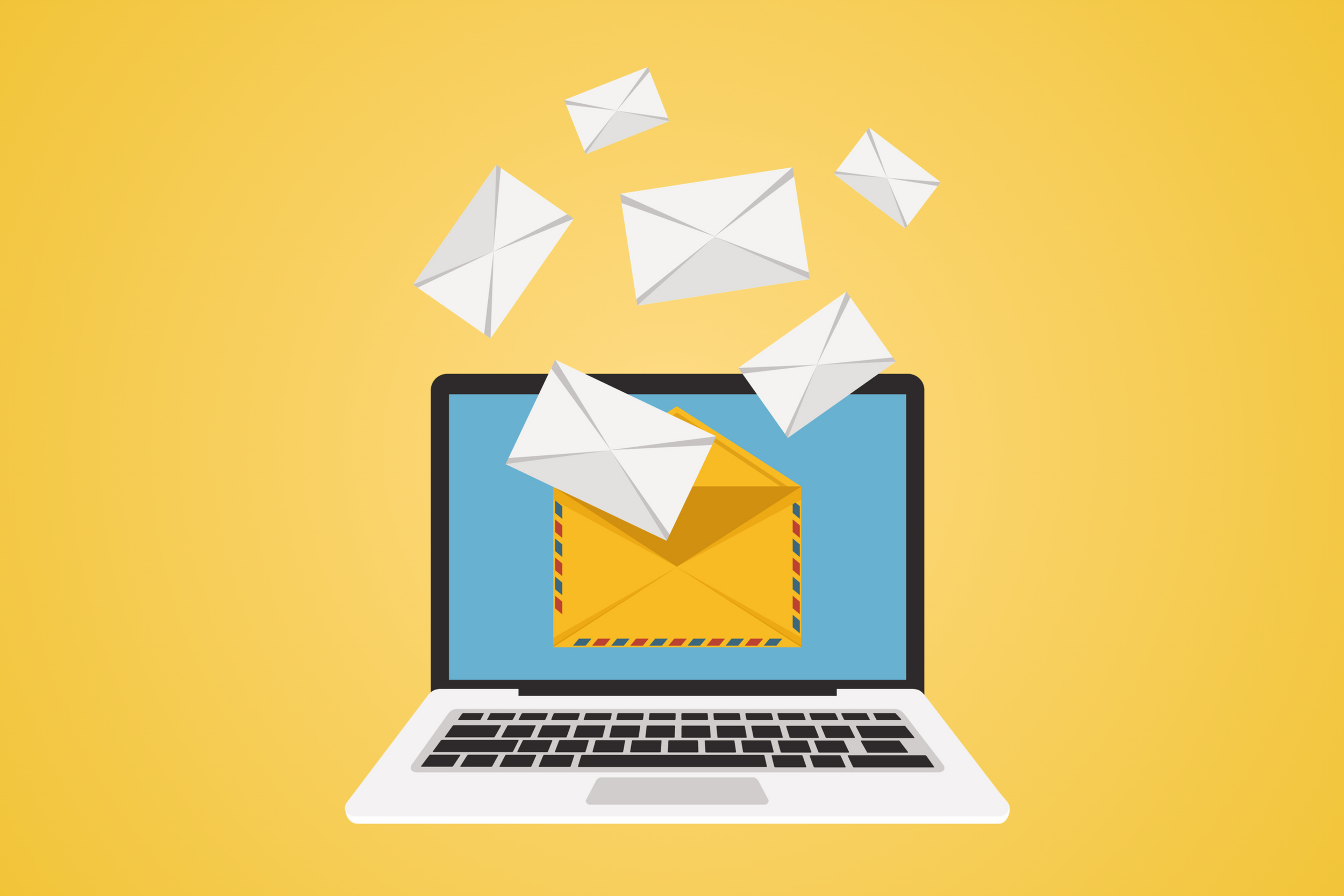Mistakes happen. In marketing, that’s actually a good thing. Unlike aerospace engineers, where one error can mean disaster, marketers have the rare advantage of turning slip-ups into opportunities for engagement, clicks, and even revenue growth.
In fact, the occasional (emphasis on occasional!) mistake can work in your favor. Let’s explore how and why.
The Types of Marketing Mistakes We’re Talking About
Not all mistakes are created equal. Some can destroy customer trust or even create compliance issues. For example:
- Sending an email to the wrong customer list in a highly regulated industry (finance, healthcare, etc.) can have serious repercussions.
- Accidentally exposing sensitive customer data is not just a “whoops”, it’s a legal liability.
But then there are the “fun” mistakes, the ones that affect perception, not compliance. Think:
- A typo in an email subject line
- A mismatched image upload
- An overextended promotion
These are the “whoops” moments that can actually work to your advantage.
Why “Oops Emails” Grab Attention
Humans are naturally drawn to disruption. Mistakes break the script and stand out in an inbox flooded with polished marketing messages. Instead of ignoring another sales pitch, people stop and pay attention.
Here’s why:
- Curiosity & Gossip Factor: Emails like “Correction from our previous email” or “I was wrong” spark intrigue. It’s like rubbernecking at a car accident, you can’t help but look.
- Proof in the Data: Studies show these “whoops” subject lines can hit open rates as high as 80%. That’s far above the industry average.
- Breaking Sales Resistance: Traditional marketing triggers skepticism. But a message like “Please disregard our last email” feels human, not salesy. People engage because it feels authentic.
Real-World Example: Turning a Promo Mistake Into Profit
When I worked for a major home services company, my team sent out a promotional email. The offer was supposed to apply to a one-time purchase, but due to an error, the discount extended to a 3-pack service package.
We braced for fallout. Instead, sales skyrocketed.
- Result: A 15% increase in multi-pack purchases
- Lesson: The mistake nudged customers into a higher-commitment option they normally avoided
We even coined a name for it: the “Whoops Email.” It became one of our highest-performing campaigns. Of course, overuse diluted its effect. Mistakes work best the first time.
The Error That Went Nowhere
Not every mistake sparks clicks or conversions.
At a wealth management company, an error triggered an emergency weekend meeting. Customers had received the same “Get to know your advisor” email 50 times in a row. Leadership panicked: Should we send an apology email? Host personal Zoom sessions with every affected client?
I asked a simple question: Did anyone complain? The answer: no. Did the email have unusual open or click rates? Again, no.
That told me everything I needed to know: customers noticed, maybe rolled their eyes, and moved on. Sending a “we’re sorry” message would have highlighted the mistake rather than letting it fade.
In the end, no one mentioned it again. The takeaway? Some errors are neutral. They don’t hurt, and they don’t help. The key is knowing when to lean in and when to let go.
Best Practices for Leveraging Mistakes in Marketing
- Evaluate the impact of the mistake. If you're in the "harmless" category (e.g., not compliance or legal-related), you've got an opportunity ahead of you.
- Dig into the data. What are the open rates, click rates, and replies to the email? If they're unusual, you have signal into an opportunity. If nothing changed, that’s another signal (either your mistake wasn't as bad as you think, or your audience is super unengaged).
- Brainstorm how to “fix it.” If it's a promo-related email, that’s the perfect error. You can send a follow-up email like “Whoops, we forgot”, and you can expect open rates to go up. The follow-up becomes your opportunity.
- Use mistakes sparingly. These only work once in a blue moon. Too many, and you’ll feel like spam. Customers will catch on, too. Only capitalize on an organic mistake. Don’t try to make a mistake.
A Quick Note about “Whoops” Emails
It’s tempting to chase high open rates by using urgency or “scare tactic” subject lines, but success in email marketing is not measured by opens alone. I once saw a medical practice send an email with the subject line “Your Benefits Might Be Expiring Soon.” Yes, the open rate was through the roof, but it also caused a wave of panic among recipients who thought something was seriously wrong. The spam rate was so high that the email system flagged an alert.
The mantra here is simple: always add value. If the subject line serves your company more than your customer, your intention will backfire. Instead, focus on subject lines that are both engaging and beneficial. For example, “Whoops, I forgot to add your promo code” works beautifully. It’s casual, friendly, and most importantly, delivers real value.
The Takeaway
In marketing, mistakes don’t have to spell disaster. The right kind of slip-up can become a powerful tool for engagement, visibility, and conversions.
So the next time one of your employees makes a small mistake, don’t panic. Flip it in your favor. That “whoops” moment might just turn into your best-performing campaign yet.





.webp)





.webp)




.avif)
.avif)